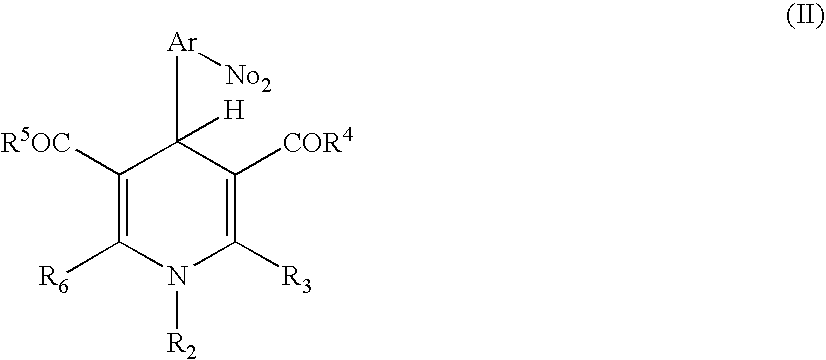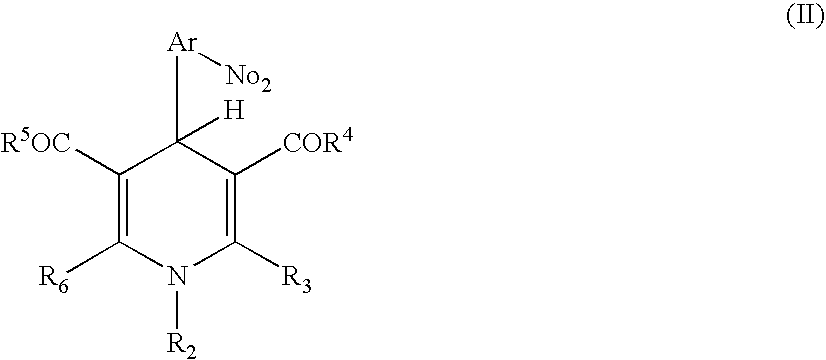Positive photosensitive resin composition
a technology of resin composition and photoresist, which is applied in the direction of photosensitive materials, auxiliaries/base layers of photosensitive materials, instruments, etc., can solve the problems of poor mechanical strength and electrical characteristics of the above photoresist, difficult to provide a material having low elasticity, and difficult to use the material in applications requiring electrical reliability. , to achieve the effect of high heat resistance, low elasticity and high resolution
- Summary
- Abstract
- Description
- Claims
- Application Information
AI Technical Summary
Benefits of technology
Problems solved by technology
Method used
Image
Examples
example 1
[0053] The amount 37.5 g of silicone diamine (commercially available from GE Toshiba Silicones, TSL9346) represented by the formula (V):
wherein n is 5, and
13.8 g of 4,4′-diaminodiphenyl ether (hereinafter simply referred to as DDE) were dissolved in 240 g of N,N-dimethylacetamide (hereinafter simply referred to as DMAc). Next, 30.0 g of pyromellitic dianhydride (hereinafter simply referred to as PMDA) was further added thereto, and the components were reacted at room temperature for 24 hours.
[0054] Next, 12.2 g of 1-ethyl-3,5-dimethoxycarbonyl-4-(2-nitrophenyl)-1,4-dihydropyridine and 1.6 g of imidazole were further added to the reacted mixture and dissolved, to give a resin solution of a positive photosensitive resin composition of the present invention.
[0055] This resin solution was applied to a silicon wafer with a spin coater, and the applied coating was dried on a hot plate at 100° C. for 3 minutes, to give a film having a thickness of 14 μm. The film was exposed with a ...
example 2
[0057] The amount 52.0 g of silicone diamine (commercially available from Dow Corning Toray Co., Ltd., BY16-853C) represented by the formula (VI):
wherein n is 8, and
17.7 g of DDE were added to 195 g of N-methyl-2-pyrrolidone (NMP), and the mixture was stirred until DDE was dissolved. Next, 35.0 g of PMDA was added thereto, and the components were reacted for 1 hour. Further, the reaction mixture was heated to 70° C., and stirred for 5 hours, to give a transparent solution. After cooling the solution, 15.7 g of 1-ethyl-3,5-diethoxycarbonyl-4-(2-nitrophenyl)-1,4-dihydropyridine and 2.1 g of imidazole were added thereto and dissolved, to give a positive photosensitive resin composition of the present invention.
[0058] This resin solution was applied to a silicon wafer with a spin coater, and the coated solution was dried on a hot plate at 100° C. for 5 minutes, to give a film having a thickness of 14 μm. The film was exposed with a 500 W ultra-high pressure mercury lamp through a ...
example 3
[0060] The same procedures as in Example 2 were carried out except that 3.1 g of 4-dimethylaminopyridine was used in place of imidazole, to give a resin solution of a positive photosensitive resin composition of the present invention. As for the resulting resin solution, the same procedures as in Example 1 were carried out to determine and the residual film ratio during the development, the residual film ratio during the curing, the resolution, and the storage modulus.
PUM
 Login to View More
Login to View More Abstract
Description
Claims
Application Information
 Login to View More
Login to View More - R&D
- Intellectual Property
- Life Sciences
- Materials
- Tech Scout
- Unparalleled Data Quality
- Higher Quality Content
- 60% Fewer Hallucinations
Browse by: Latest US Patents, China's latest patents, Technical Efficacy Thesaurus, Application Domain, Technology Topic, Popular Technical Reports.
© 2025 PatSnap. All rights reserved.Legal|Privacy policy|Modern Slavery Act Transparency Statement|Sitemap|About US| Contact US: help@patsnap.com



